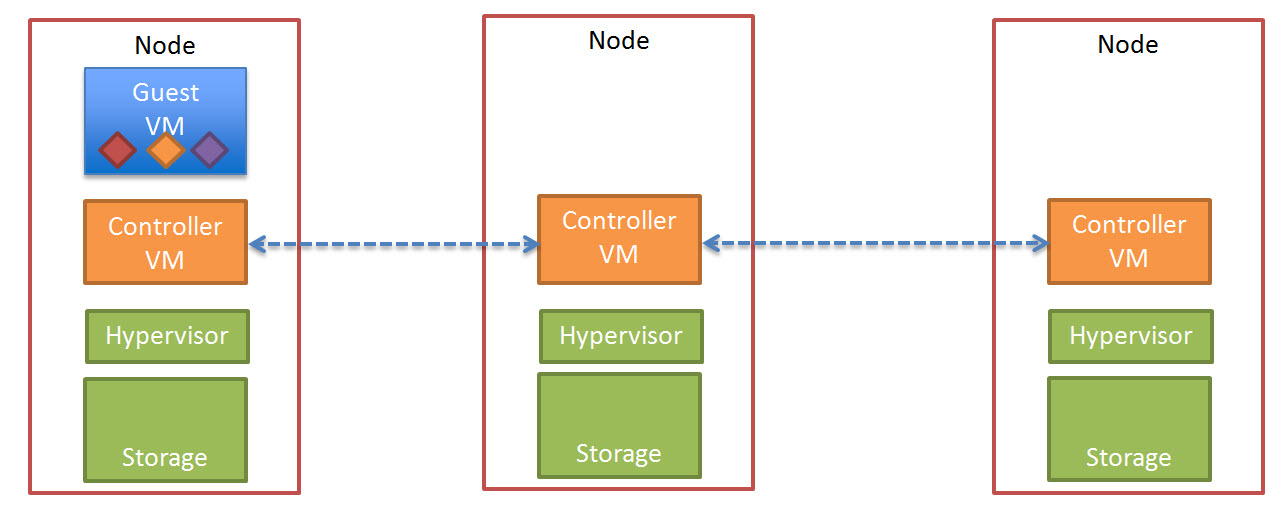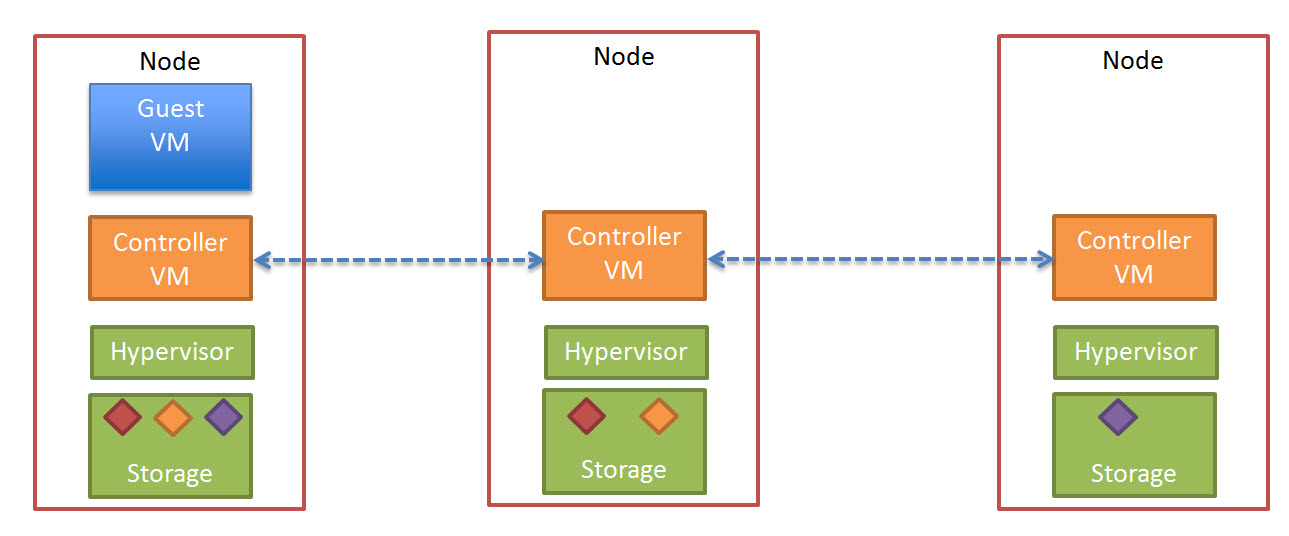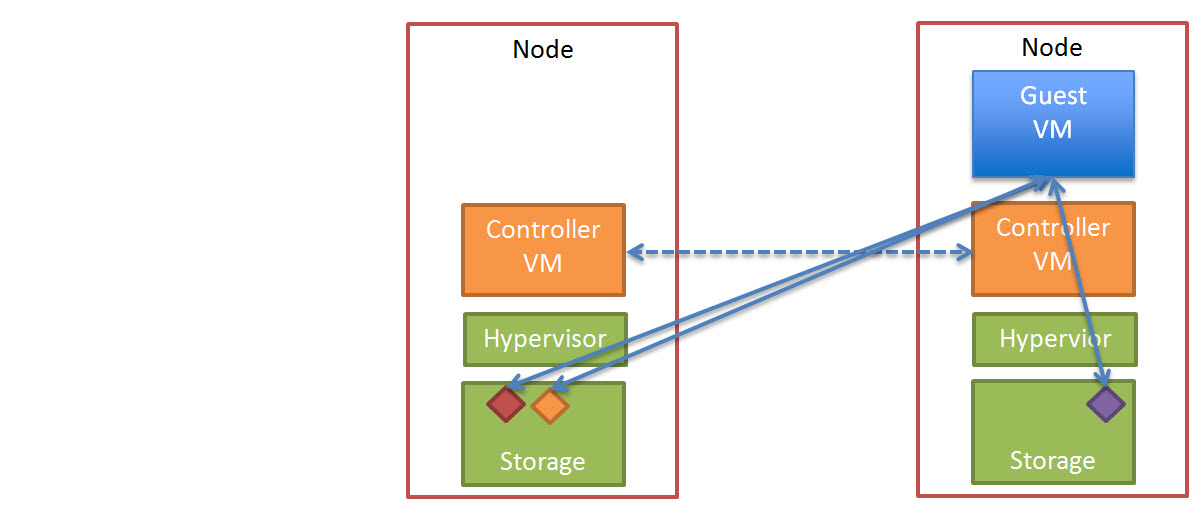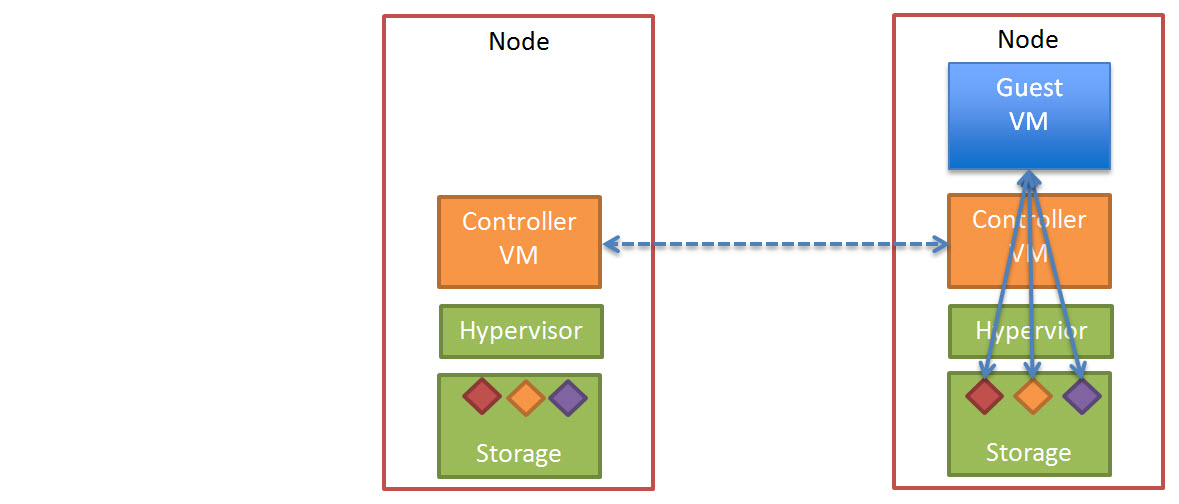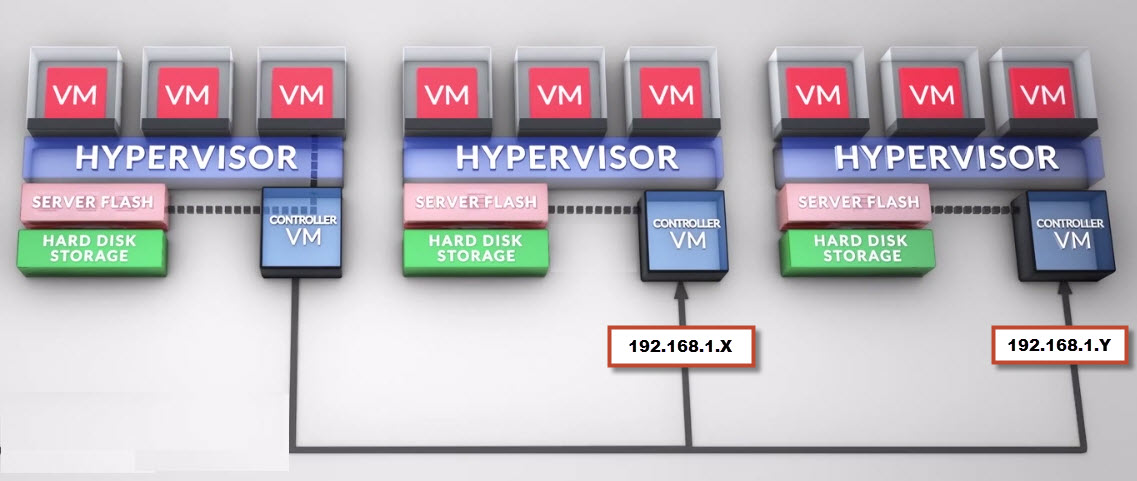Continuing on from Data Centre Migration Strategies Part 1 – Overview, Part 2 focuses on the “Lift and Shift” method.
I’m sure your reading this and already thinking, “this is the least interesting migration strategy, tell me about vMSC and SRM!” and well, your right, BUT it is important to understand the pros and cons so if you are ever in a situation where you have to use this method (I have on numerous occasions) that the migration is successful.
So what are the pros and cons of this method.
Pros
1. No need to purchase equipment for the new data centre
2. The environment should perform as it did at the original data centre following relocation
3.The approach is simple from a technical perspective ie: No new products are required
4. Low direct cost (Note: Point 8 in Cons)
5. Achieves a Recovery Point Objective (RPO) of zero (0).
Cons
1. The entire environment needs to be fully shut-down
2. The outage for the environment starts from when the servers are shut-down, until completion of operational verification testing at the new datacenter. Note: This may take several days depending on the size of the environment.
3. This method is high risk as the ability to fail back to the original datacenter requires all equipment be physically relocated back. This means the Recovery Time Objective (RTO) cannot be low.
4. The Lift and shift method cannot be tested until at least a significant amount of equipment has been physical relocated
5. In the event of an issue during operational verification at the new data centre, a decision needs to be made to proceed and troubleshoot the issues, OR at what point to fail back.
6. Depending on your environment, a vendor (eg: Storage) may need to revalidate your environment
7. Your migration (and schedule) are heavily dependant on the logistical side of the relocation which may have many factors (eg: Traffic / Weather) which are outside your control which may lead to delays or failed migration.
8. Potentially high indirect cost eg: Downtime, Loss of Business , productivity etc
When to use this method?
1. When purchasing equipment for the new data centre is not possible
2. When extended outages to the environment are acceptable
3. When you have no other options
Recommendations when using “Lift and Shift”
1. Ensure you have accurate wiring and rack diagrams of your datacenter
2. Be prepared with your vendor support contact details on hand as it is common following relocation of equipment to have hardware failures
3. Ensure you have an accurate Operational Verification document which tests every part of your environment from Layer 1 (Physical) all the way to Layer 7 (Application)
4. Label EVERYTHING as you disconnect it at the original datacenter
5. Prior to starting your data centre migration, discuss and agree on a timeline for the migration and at what point and under what situation do you initiate a fail back.
6. Migrate the minimum amount of physical equipment that is required to get your environment back on-line and do your Operational Verification, then on successful completion of your Operational Verification migrate the remaining equipment. This allows for faster fail-back in the event Operational Verification fails.
In Part 3, we discuss Data centre migrations using VMware Site Recovery Manager. (Coming soon)

